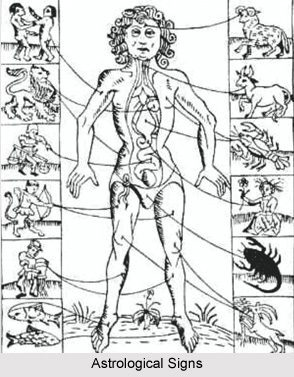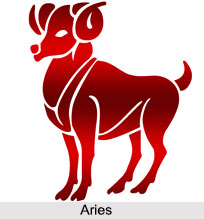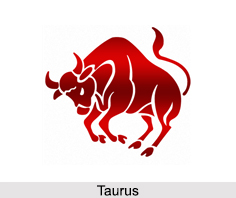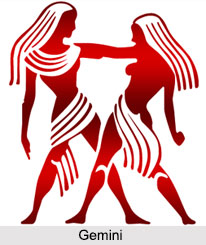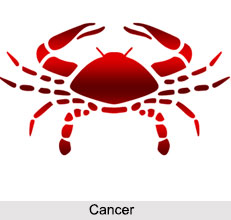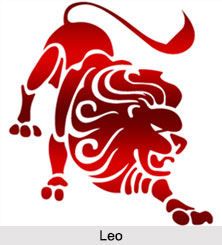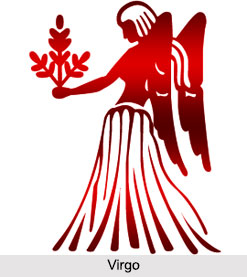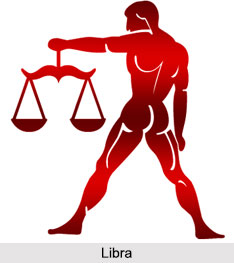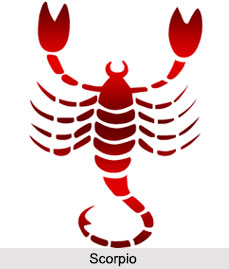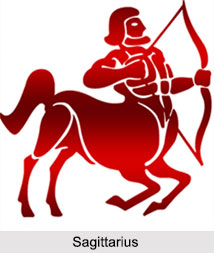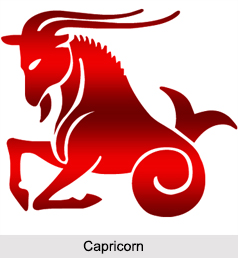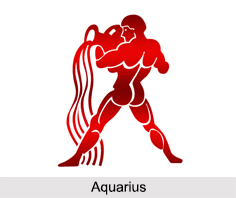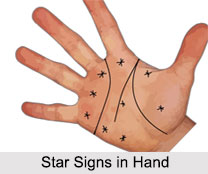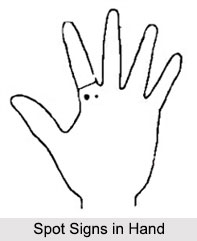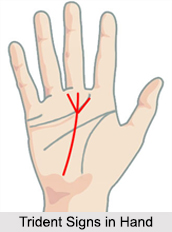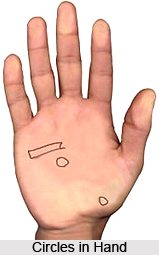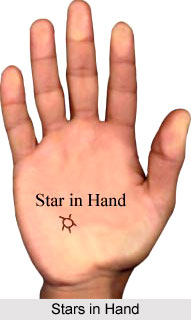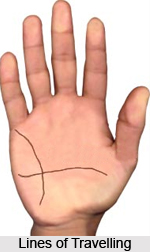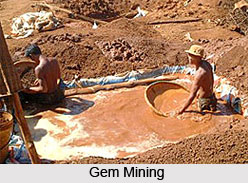
"Agnimile Purohitam Yajnasya Devam Ritvijam Horaram Ratna Dhatamam"
The word Ratna Dhatamam occurs in the first Sloka of the first mandalas of Rigveda. It elucidates that Agni (Fire) is the origin or the bearer of Ratna. Even contemporary scientists confirm the fact that Ratnas (gems) are created by the effect of heat and extreme pressure. Buried in the earth for millions of years, gems contain gravitational strength and vigour of the earth. Gems, which are found mostly in certain parts of the earth, belong to the same planets that have largely affected that tract of land. The earth conceives Ratnas (gems) with the assistance of various planets. That is why it is called `Ratna garbha` or the `conceiver of Gems`.
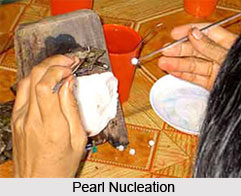
The entire process of evolution is an unvarying interchange of the eternal pair of opposites- the Sun and the Moon, fire and water. The Vedic notion of Hiranyagarbha, the Golden Embryo on the eternal water, visibly suggests the creation of the phenomenal world by the two- fire and water, symbolising male and female principles.
Fire in some way appears to be the outset of the world, of names and forms. It had streamed in the form of lava, transporting with it all the minerals and elemental force of nature, which later grew into organic matter through the process of condensation. The condensation and crystallisation of minerals furnished into colourful rocky crystals, known as gems.
Every gem, excluding coral and pearl, are the purest and supreme integration of minerals that were created due to tremendous heat and pressure inside the plates of molten Earth. All gems are thus resources of energy in crystalline form. They are extremely sensitive and radioactive. They imbue and spread energy as frequencies, because they are made of minerals that release electrical charges in amplified pressure, that emits in low heat, and that glows in the presence of ultraviolet light in darkness after the light sources are removed.
Gems are composed of the following minerals - aluminum, beryllium, calcium, carbon, copper, fluorine, hydrogen, iron, manganese, oxygen, potassium, phosphorus, sulphur, sodium, silicon, tin, zirconium, zinc and others. Three of these- aluminum, oxygen and silicon, are common in every gem.
These above-mentioned three form the majority of the outermost crust of planet earth. Oxygen and silicon are found on approximately 75% of Earth`s surface. Aluminum makes up over 8% of earth`s crust.
Also read on Gemstones
Types of Gemstones
Gemstones for Planets


